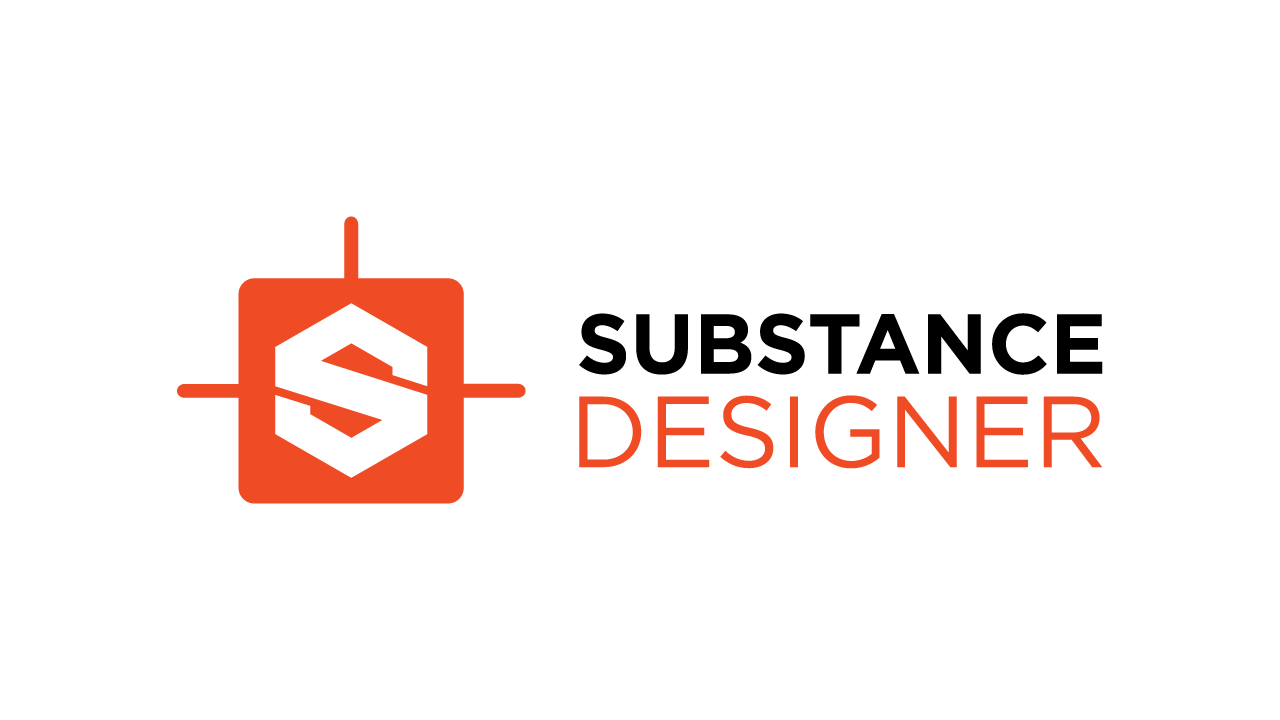For my research project I ended up working on Substance designer (which now is being called as Adobe Substance 3D designer since adobe changed the name and the logo, with the logo being a vomit green color, which isn't the best that Adobe could do) which is a software that I wanted to learn from a long time since it creates tileable materials.

Substance designer is a tool which creates procedural textures using a node based system which are tileable. These textures can be used on any object without being UV specific opposite to the textures generated from Substance Painter which are specific to an object and textures generated for one object cannot be used by other objects.
For my learning curve and my project I learnt workflow for a couple stylised materials and a few realistic materials. The breakdown for the same is as follows:
1. Cobblestone (stylised)
This material can be broken into 4 parts being: Main Details, Wear, Cracks and color information
Main Details: They are the height difference detail for the different tiles present in the material. For the tiles to have height variation different histogram variations were used to create gradients for the squares whose value was then translated to the height information resulting in difference in height of each tile.
Wear: This refers to the discoloration of the tiles hence breaking the surface up in terms of value and giving it a look which tells the material has lived in an environment rather than just being perfectly clean and even in coloration. A good combination of grunge maps and blur always helps create a decent variation of wear.
Cracks: As the word is self explanatory, to add cracks to the tiles a cells node was used along with a bevel (to smooth out sharp edges) along with noise to break surface values. A histogram select was added to it so that the surface doesn't have repeated cracks in ever tile rather it is selective in some giving it a more believable look.
Color: Last color value was added to the tiles by using the normal value for extracting the gradient value for each tile so as to highlight the edges which is the basis of a stylised look.
This breakdowns how the material should generally be thought of and how it should be approached so as to balance base details and then adding wear on top of them to break the values of the albedo, so that the materials looks like it has been in an environment which has been lived in.
For my other materials, I will not go in depth for explaining what was the workflow because although the nodes differ the basic workflow and approach remains the same. Understanding how the material will be repeated, how will the basic details be created, adding proper and believable wear will guide you to creating the required material.
2. Grass (Stylised):
3. Brick Wall (Realistic):
4. Concrete:
This sums up the breakdown of my research about substance designer. This tool is a lot about practice and learning it by creating materials using different nodes so as to get an idea of how the nodes behave and which node can help you create the kind of effect you want. In the start, it looks overwhelming but as you understand the purpose of different nodes, you come to this realisation that a lot of nodes are used again and again to create different variations.